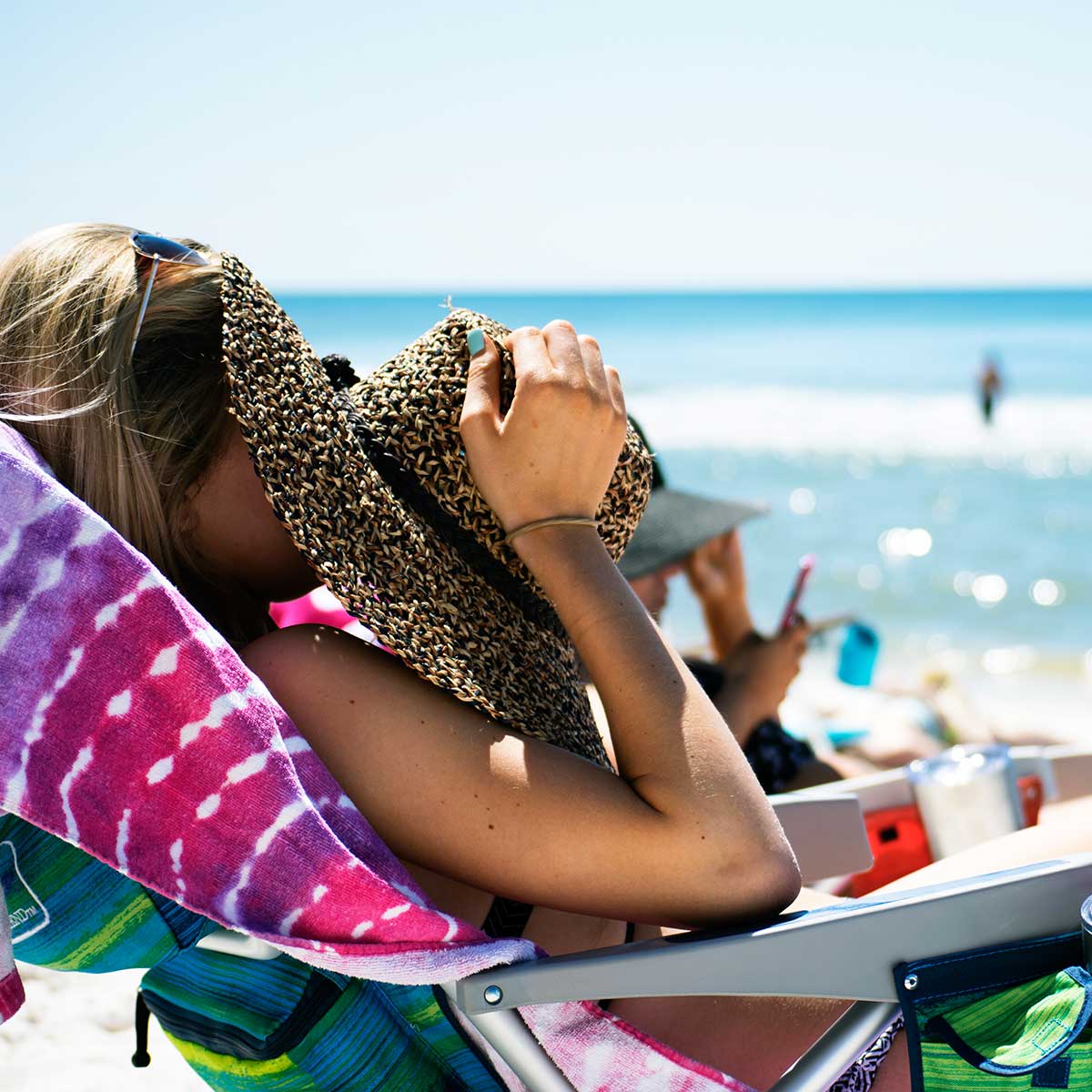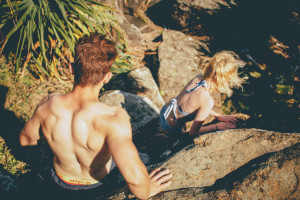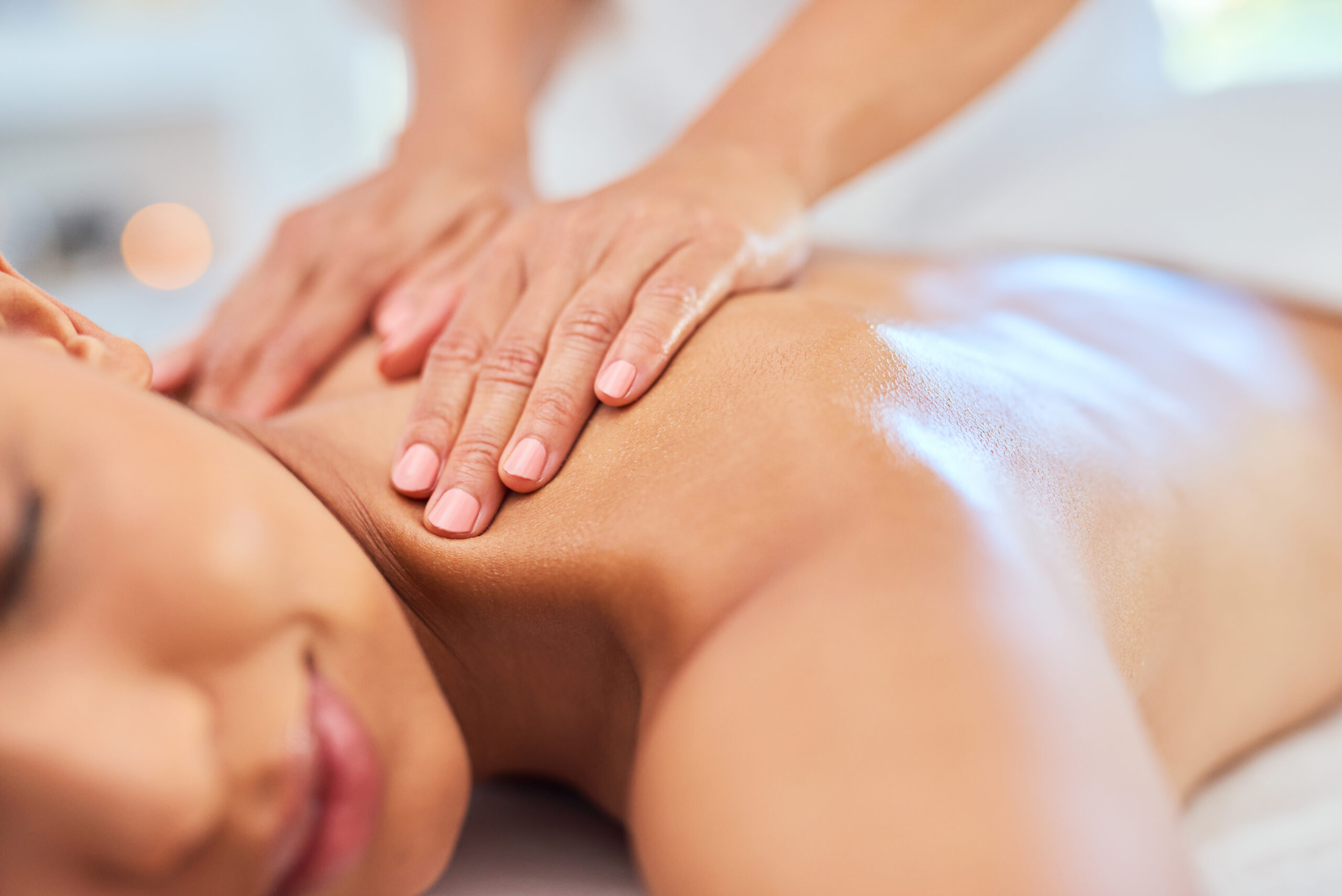Sometimes I find myself wondering whether a sunburn might be less harmful than the sunscreen I use to protect myself. I’ve often been told by beauty experts that I should apply sunscreen on my face daily. Before leaving the house. To protect my skin from the wrinkles and age spots that might ensue, should I get a tan while “unprotected”. But speaking of being ‘unprotected’, have you read the ingredients on the back of sunscreen bottles?
 Many of my patients have asked me which sunscreens are safe to use, and especially which ones are safe for babies and kids. We are concerned that the products we apply to our skin on a daily basis might be harmful to children. Why are we not concerned for our own health? Let me tell you a little bit more about what we are putting on our skin.
Many of my patients have asked me which sunscreens are safe to use, and especially which ones are safe for babies and kids. We are concerned that the products we apply to our skin on a daily basis might be harmful to children. Why are we not concerned for our own health? Let me tell you a little bit more about what we are putting on our skin.
When looking for sun protection, some of the active ingredients you should watch out for are part of a group called chemical filters. These include oxybenzone (most popular), avobenzone, octocrylene, and octisalate, to name a few. To learn more about which chemicals are harmful in your sunscreen bottle, go to the environmental working group’s guide to sunscreen at https://www.ewg.org/sunscreen. This database will even rank your product among other less or more harmful products to watch out for.
What is so harmful about sunscreen?
Many of the chemicals in sunscreens are designed to adhere deeply to the skin, and penetrate into our bodies. What would you think if I told you that these chemicals have been found in human breast milk, urine and blood? We care so much about protecting our skin from sunburns. But would you switch that for hormone disruption and damaging sun rashes instead? I don’t think it is an even trade. Oxybenzone, one of the most popular, but also one of the more harmful active ingredients, can act like estrogen in the body. It can alter sperm production in animals, and it is associated with endometriosis in women. Homosalate, another chemical compound, can disrupt estrogen, progesterone and testosterone in men and women.
Are there better options?
But, let’s face it. As we enter into the summer months, many of us will want to protect our skin from the damaging UV rays that come along with those golden tans we wait all year to show off. Fear not my fellow beach goers! I wouldn’t write this article unless I could present you with a superior alternative to the chemical cream we frequently bathe ourselves in. As it turns out, there are some brands that do not contain the chemical filters mentioned above. In fact, they use natural minerals to block the rays, such as zinc oxide and/or titanium dioxide.
Zinc and Titanium both have widespread UVA protection and very limited skin penetration, with no current evidence of hormone disruption. In the past, sunscreens that contained Zinc were often difficult to rub in, and would leave the user with a ghost-like white film over their skin. This is commonly what will sway people from wanting to use such products.
“As it turns out, there are some brands that do not contain the chemical filters mentioned above. In fact, they use natural minerals to block the rays, such as zinc oxide and/or titanium dioxide.”
 However, thanks to science, natural sunscreens have become easier to rub in.Few of them actually feel silky and smooth. One of the best brands I have come across in the natural sunscreen aisles is the Boo BamBoo brand. (now available at gesund shop on Church Street in Toronto) With an SPF of 40 and natural mineral protection, Boo BamBoo is safe for all body parts, and for humans of all ages!
However, thanks to science, natural sunscreens have become easier to rub in.Few of them actually feel silky and smooth. One of the best brands I have come across in the natural sunscreen aisles is the Boo BamBoo brand. (now available at gesund shop on Church Street in Toronto) With an SPF of 40 and natural mineral protection, Boo BamBoo is safe for all body parts, and for humans of all ages!



